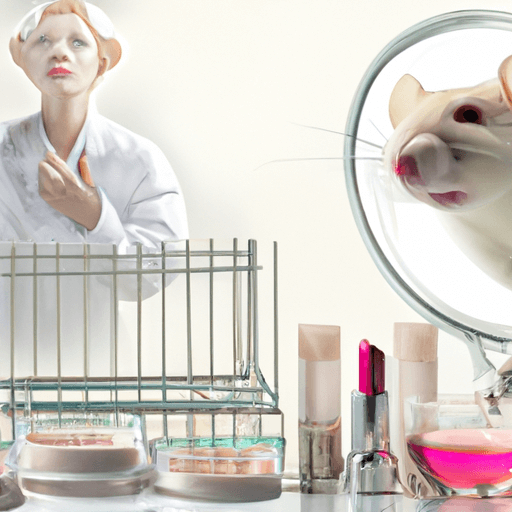Exploring the Pros and Cons of Declawing Cats
Cats are beloved pets, but they also have the potential to cause considerable damage to furniture and other household items with their sharp claws. For this reason, many cat owners consider declawing as an option. But is this a humane and necessary practice? Here, we explore the pros and cons of declawing cats so you can make an informed decision for your pet.
Pros of Declawing a Cat
The primary benefit of declawing a cat is that it can reduce or eliminate the damage that cats can cause to furniture and other items. For cat owners who have important items or simply want to keep their home looking nice, declawing a cat can be a great solution. It can also reduce the risk of injury to other pets or people, as those who are scratched by a cat’s claws can suffer from infections or other complications.
Cons of Declawing a Cat
The primary concern with declawing is that it can be a painful procedure for cats. While some argue that it is no more painful than having a nail trimmed, there is evidence to suggest that cats can suffer from physical and emotional trauma as a result of the procedure. Additionally, cats may be more likely to bite after declawing, as they no longer have their claws as a defense mechanism.
In some cases, declawing may also lead to complications such as nerve damage, bone spurs, and infections. As such, it is important to consider the potential risks involved before deciding to declaw a cat.
The Bottom Line
Declawing cats can be a viable solution for some cat owners who are looking to reduce or eliminate the damage that cats can cause to furniture and other items. However, it is important to consider the potential risks involved, as this procedure can be painful and potentially lead to complications. Ultimately, the decision to declaw a cat is up to the individual cat owner, and it is important to weigh the pros and cons before making a decision.
















Comments
Leave a Comment